Earlier in the year I had the privilege of reviewing the outstanding RHA T10i in ear monitor. The Scottish based company have now released a new flagship earphone called the T20. I jumped at the chance to review this product having been thoroughly impressed by the T10i. I will have the two earphones side by side for the review to highlight their differences but will mainly focus on the sound characteristics and offerings of the T20. Before encountering RHA’s T10i I was uninterested in earphones and mostly preferred the larger over ear headphones. RHA (Reid Heath Acoustics) have gathered quiet a following from headphone enthusiasts in the last couple of years and their introduction of the world’s first stainless steel earphone (T10i) has contributed a healthy proportion of that success. It will be interesting to see how the T20 has progressed the from its twin brother and the changes brought about by the company that make this earphone RHA’s greatest offer to date
Build and Tech

Taking a look at the build quality of the T20 it is easy to see the similarities between it and the previously released T10i, in fact it is structurally identical in almost every way with the exception of the black cable that comes with the T20. The T20 also uses the (MIM) – metal injection moulding technique to house the earphones driver. The T20s cable is carefully designed to ensure quality consisting of multicore reinforced oxygen free copper. The cable is extremely flexible and tangle resistant, it also uses memory wire at the point where the cable meets the ear. The memory wire allows the driver to fit around the ear without falling out. It also helps create the necessary contact needed for comfortable listening.
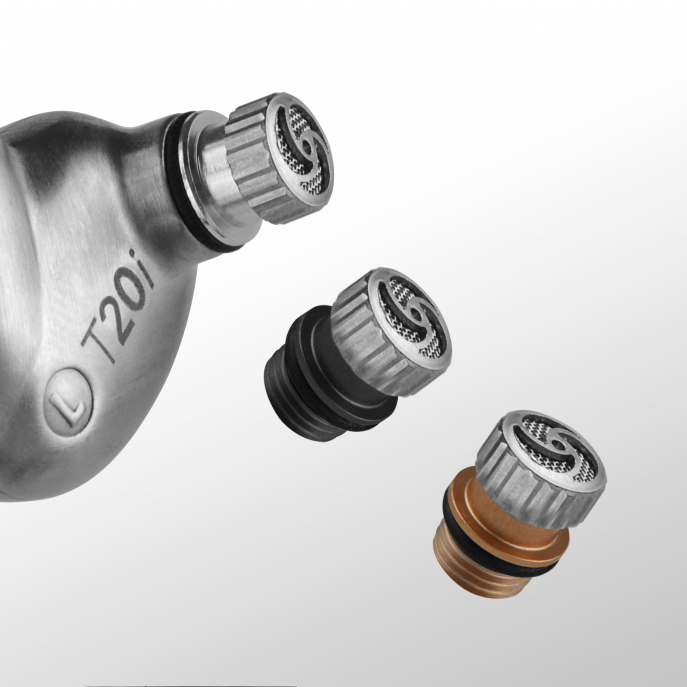
There are three different types of ear filters included with the T20. They are coloured red for treble grey for reference and black for bass. These small circular filters are also made with stainless steel and come designed with threads so that the user can screw them to the body of the earpiece. The top of the filters are where the mouldable tips are fitted. The T20 comes with an assortment of ear tips that provide a comfortable fit for people with large and small ear canals. In all there are nine ear tips including two sets that are double flange, these particular pare the type that I find to fit the best for my own ears.
Noise Isolation and dual driver
The T20 offers as one of its main features – noise isolation. This is not to be confused with noise cancelling earphones. Noise cancelling technology is where an electronic signal is generated to counteract the sound of the environment around the listener. Noise isolation on the other hand is where the earphone is designed in such a way that its construction isolates the listener from any interference in the surrounding environment.
What sets the T20 apart from the T10i is RHAs introduction of the dual coil dynamic driver which is a first in the world of in ear monitors. The obvious difference between the two ear phones is that the T20 is fitted with an extra coiled driver. The two voice coils inside the T20 are positioned inside an annular magnet, each coil operates independently to produce part of the frequency range – the outer coil reproduces high frequencies and the inner coil reproduces everything on the bottom. The added driver does drastically change the sound of this in ear and although they share identical aesthetics the T20 is a significant leap forward in sound quality. I expected a slight improvement in sound and was completely unprepared for what I heard when I put them in my ears. I consider the T20 to be in a different league altogether than the T10i. The T20 somehow manages to sound more open and airy than much larger over ear headphones like the Sennheiser HD280 pro or the Shure SHR440. The soundstage is pushed out to the left and right to a point I didn’t think possible with an earphone. It just sounds big, much bigger than the T10i.
Sound
The sound of the T20 is highly dependent on which way the listener chooses to configure the ear phone. The three tuning filters that RHA provide with this product (bass, reference and treble) accentuate certain areas along the frequency range. Another thing to note is the player or portable amplifier that you choose to pair with the T20 may dictate what type of filter to use with the earphone. I have found that when pairing the T20 with my Cowon J3 and Fiio E11 I will tend to use the treble filters – this maybe because of the E11 already being quite bass heavy. On the other hand if I am using my Sony Xperia Z then the bass or reference filters work far better than using treble fittings.
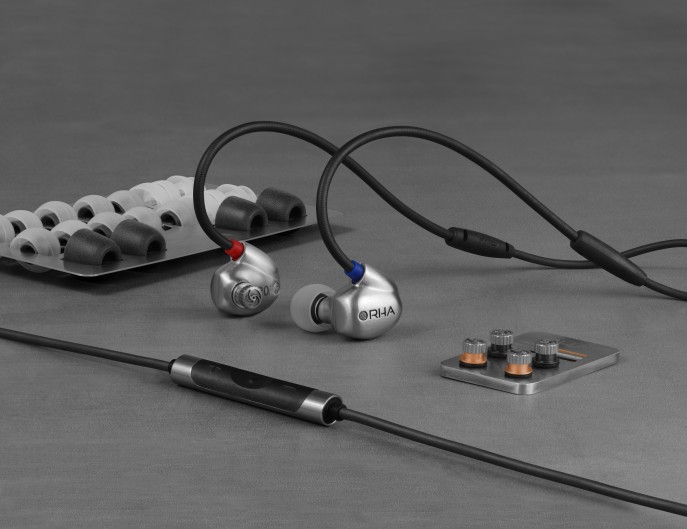
I used three earphones when testing the T20 including regular apple ear buds, the Phonak Audeo PFF 122 and the RHA T10i. There is a massive difference between the T20 and regular apple ear buds. The T20 is simply light years ahead of any stock earphone. Even when moving up to a significantly improved in ear like the PFF 122 the T20 leaves it in its dust. When I change from using the T20 to the PFF 122 I can’t help but feel underwhelmed – it’s as if half of the sound is missing. Once you hear what the T20 can do there is no going back to a lesser to the lesser capabilities of the PFF 122.
When comparing the T20 to its baby brother the T10i the step up in quality seems very obvious from the first listen. The T20 has an ability to render the smallest detail in a recording where the T10i can struggle in this area. The bass is slightly more controlled, the mids are expanded with natural tone and timbre and the treble has an airy sweetness that the T10i fails to deliver. The two most obvious areas of improvement between the two earphones is the reproduction of tone across the soundstage. For example lower mid and bass tones on a track like Fleetwood Macs – second hand news are far more believable on the T20 than on any other in ear headphone that I have heard. On that track fleetwoods bassist John Mckvie uses a plecktrum to sketch out the rhythm section. I can clearly hear with the help of the T20 how the plectrum reacts as it comes in contact with the strings on the muted electric bass. This is a part in the recording that is easy to loose site of on lesser earphones. When using the PFF 122 and T10i you can still hear the bass line but not with the same level of intricacy – it becomes harder to tell if the bass player is using his fingers or a plectrum. Switch to the T20 and not only is it glaringly obvious that a plectrum is being used but also that the bass player is palm muting near the bridge of the bass.
Another album that I enjoyed with the T20 was Jacky Terrassons – Gouache. This album is a great tester for Jazz and acoustic music and the album itself is dotted with virtuoso performances by instrumentalists and vocalists alike. I would usually only listen to this kind of album with my WA5/HD800 and have found that cheaper equipment can’t really portray the delicacies hidden in recordings of this type. The fact that I could listen to this album at all with an in ear headphone is a testament to the RHA and really says a lot for the T20. Track 6 on the album is a cover of John Lennons – Oh my love and is sung by jazz vocalist Cecile Mclorin Salvant. Her vocal on this track was so engaging with the T20. On any other in ear I feel this track would seem squashed but because of the T20’s larger soundstage it can manage to push the soundscape out from in between the listeners ears just enough to convey the recording airy realism.
Conclusion
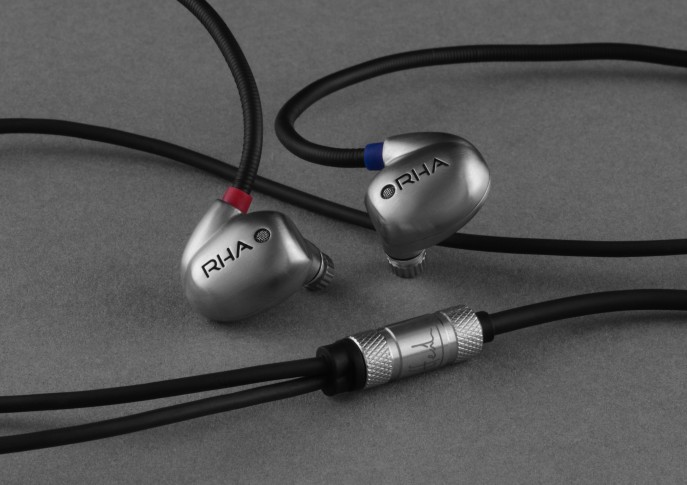
RHA have most certainly pushed the envelope out with this new in ear headphone. It is an improvement over its predecessor in almost every way. The bass is far more controlled and less bloated. The mids are expanded with the help of a much larger soundscape. The treble is extended without harshness and little or no grain. It is quite a bit more expensive but I believe the price to still be very reasonable for all that is offered with the product. The T20 is up to the task when it comes to playing back anything for rock to jazz or EDM and is the perfect companion for anyone wanting quality while on the move.
Test Tracks
Fleetwood Mac – Second hand news Jacky Terrasson – Oh my love Jacky Terrasson – C’est ci bon Mo – Slow love Howard Shore – The council of Elrond Bob Marley – Survival Miles Davis – Freddie freeloader
Technical Specifications
Drivers DualCoil™ Dynamic Frequency range 16-40,000Hz Impedance 16 Ohm Sensitivity 90dB Rated/max power 2/5mW Weight 39g Cable 1.35m, multicore OFC Connections 3.5mm, gold plated
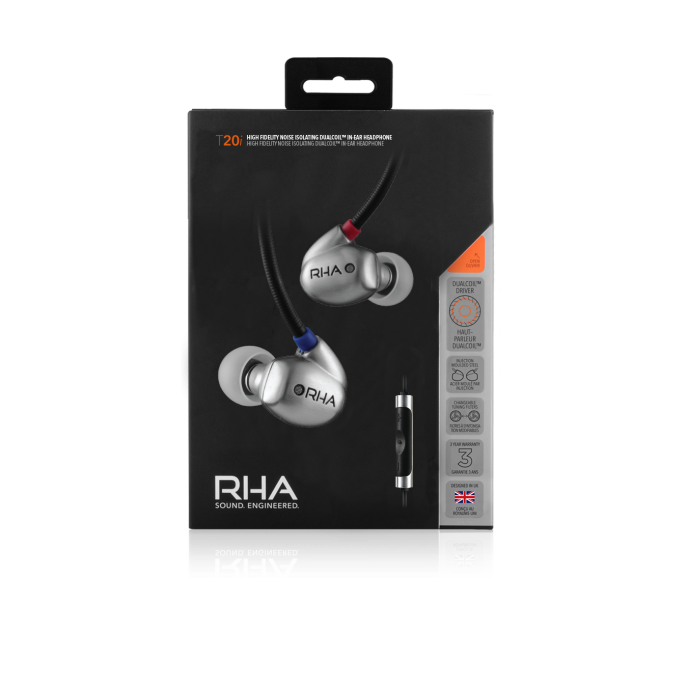














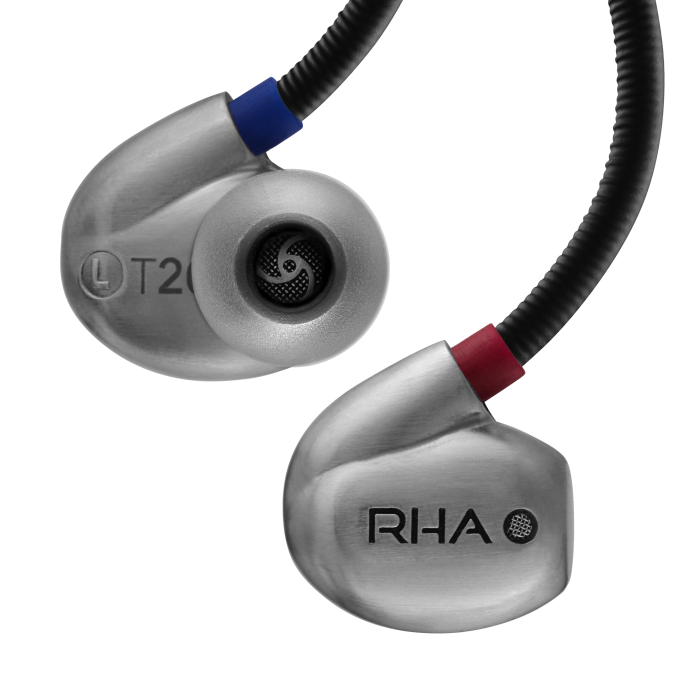
Want to join discussion?
Feel free to contribute!